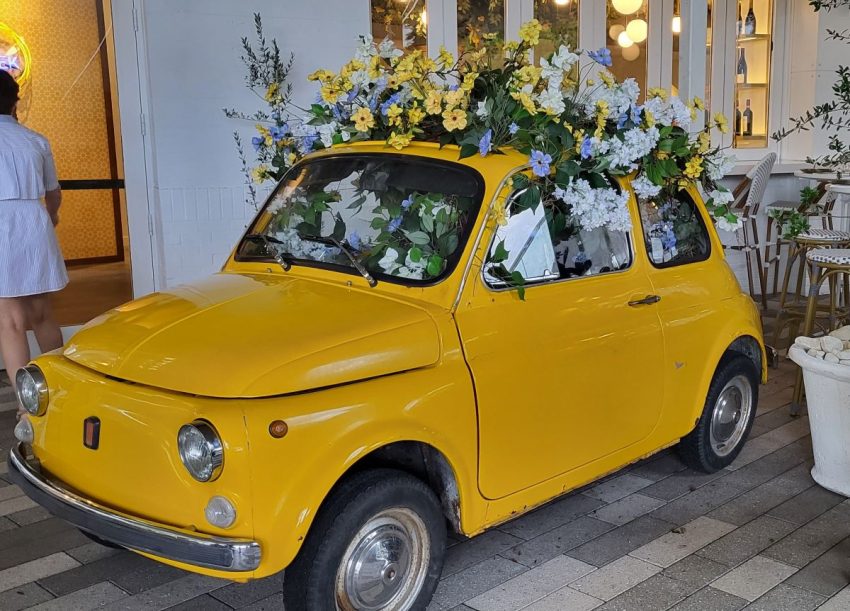
DRIVING IN ITALY: how to survive and enjoy your vacation in Italy if you decide to rent a car
It’s done, you booked your flight, you are finally making it happen: you’ll travel to Italy!
After reading all the information you could find, and having listened to experiences from previous travellers, and after getting all the advice from friends, family and whoever has been to Italy before, you made your decision: for your upcoming dream vacation in Italy, you will rent a car and drive.
Well done, I say. Being a travelaholic and a travel -guide and -advisor, and having travelled everywhere with any means of transportation, I can state without any doubt that the best way to explore Italy is driving. High five!
But now, as time goes by and your departure date is just around the corner, you are starting to ask yourself: how is driving in Italy? And the more you think of it and the more you find videos about it, the more you freak out! LOL
Say no more…. I totally understand you! I am an Italian (born and raised) lady happily driving in Italy, but I’m also American and I recently lived in the US and I enjoyed driving there too, so I can tell you all the key points to avoid drama and be successful while driving in Italy.
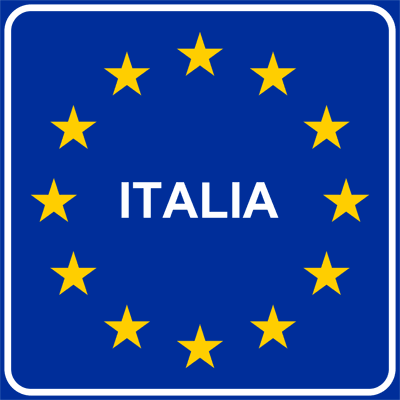
I have your back, sis/bro!
Table of Contents
- How we drive in Italy
- How to avoid fines while driving in Italy
- Traffic laws in Europe vs. United States
- All set for your driving vacation in Italy
How we drive in Italy
The very first thing that comes to my mind, as a big difference between driving in Italy and in the US is that here in Italy we love driving. Literally. We enjoy the art of flowing through the traffic, skipping other cars and getting wherever we need to go in the shortest time possible.
For this reason, the automatic gear box hasn’t been very successful here and most of the people still drive using a gear stick. A manual gearbox allows us to be more effective on the driving flow, with big accelerations and sudden slowdowns and directly influence our driving style. This gives us a looooot of satisfaction.
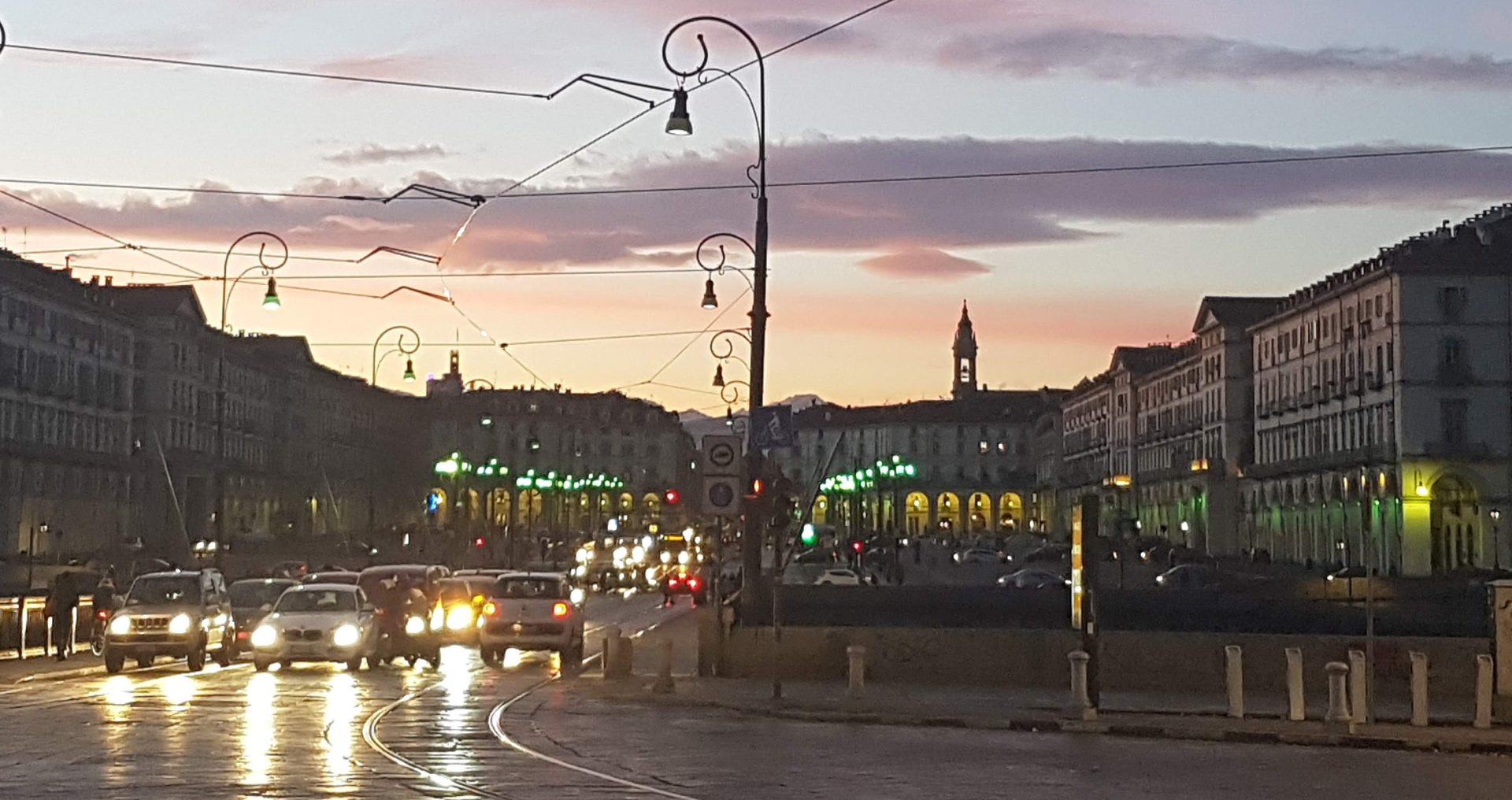
Nevertheless, after my US driving experience I can clearly figure out and understand that this can appear very aggressive to non-Italians and, as a first impact, you will think that people driving in Italy are all crazy! LOL
In reality there is a reason behind our craziness: our streets are often narrow as we don’t have all the space that is available in the US; our country is densely populated, so sometimes driving fast or trying to get ahead of other cars, to escape the traffic jams, it’s really a choice for punctuality.
So, if while driving in Italy, you see people do zigzag and cars cutting right in front of you, please keep in mind that while this is your vacation in Italy, most of these people are trying to get to the office on time or get their kids from school before they are kicked out by the school janitors! LOL (in reality this won’t happen, as our school workers and in general Italians are very flexible, you will easily notice)
Obviously, we also worked out a way to survive in the traffic jam: my advice for you, if you are driving in Italy and you happen to be involved in a traffic jam, is simply, try to go with the flow. I will explain it to you. As I just stated we are very flexible and we know that, sometimes, to get out of a difficult situation, it is more helpful to be flexible than stick to the rules.
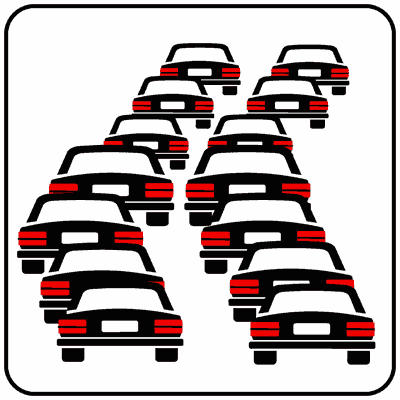
So, it might happen that due to the intense traffic there’s a continuous flow of cars from every direction and general rules are “temporarily suspended” to allow the traffic to flow. In this case, we choose to skip the rule, as it is the only way to have everyone go. We quickly evaluate the actual risk, and we know that we can do it, as the speed is almost down to zero. As everyone agrees to this practice and adapts to it, the non-respect of the rule won’t cause any incident. It’s common sense.
How to avoid fines while driving in Italy
One of the first people who told me about their experience of driving in Italy, happily reported to me how they didn’t pay fines that they received while on vacation in Italy, as part of the fun of their trip. After a while I realized that it is almost a thing for American travellers, and I found many other people sharing the fun of getting fined and avoid paying for it.
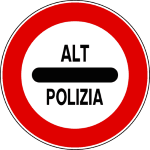
I honestly don’t see how it can be fun and I also think that I must have been unlucky to meet people who think that Italy is not a real country with rules to be respected. I am sure that if you are reading my blog, you can’t be that kind of traveller, but, just in case, let me underline that as you love your country where you respect the rules and you pay for fines, in the same way when you travel, wherever it is, you accept the local rules and you commit to respect them.
In case you get fined, you also agree to pay for the fines to make up for your mistake. However, to avoid you receiving unpleasant surprises, I have written a short guide. If you read it all and stick to my suggestions, I can assure you that driving in Italy will be so “peace of mind” that you will only have amazing memories!
Traffic laws in Europe vs. United States
The most important thing that you should be aware of is that the traffic laws in Europe are different from the ones in the US. Here below I will list the main differences to help you not get a ticket or worse get into an incident while driving in Italy:
Red Traffic light
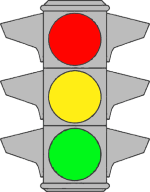
If you are driving in Italy and the traffic light is on red, you cannot go anywhere. This means that you cannot even turn right. This was really a shock for me, when I first moved to the US. The first time I saw cars passing on red to turn right, I was scared. Then, when I was preparing for the Californian drivers’ licence, I discovered it is legal there.
I remember thinking: “Oh come on! I have been the subject of jokes all my life long because of the “legend” of some Italians passing on red (it happens sometimes, there are crazy people everywhere in the world) and now I find out that it is legal in the US?”. LOL. However, just be aware, while driving in Italy, you are not allowed to run a red light if you turn right.
Right of way at intersections
This is very important for you to know, because if you drive “the American way” for the right of way at intersections, you might spend your whole vacation in Italy at that same intersection. LOL.
Driving in Italy is not about improvising, especially for the right of way. To the contrary of the US, where at an intersection, all the cars stop and then the first arrived is the first who passes through (and sometimes it is not so clear who was there first and some other times, people simply don’t care if they arrived after – I had great experiences driving in Miami!), in Italy there are clear rules.
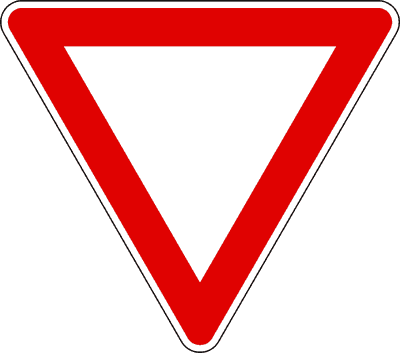
First rule is: give way to your right. Which means, no matter when you arrived. When you approach an intersection, you always check your right: if there’s a vehicle (car, motorbike, bike, bus, etc.) coming from the street on your right, you will give them way. No matter how many they are, no matter if they just arrived and you where there before, what you are expected to do is to stay there and wait until the street on your right is empty. Then it’s your turn.
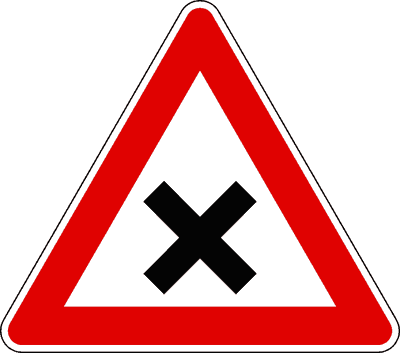
It gets a bit more complicated at the four-way intersections, if you are not used, but the rule is always the same. Giving the right of way to your right means that the car that doesn’t have anyone coming from their right, is the one moving first. If the four ways are all four busy, if you turn right, you move first. If no one turns right, the one proceeding straight moves first. To be able to turn left you always must give way to cars coming from your right and from ahead of you.
Precedence to means of public transport on a track
Driving in Italy for vacation will take you to enjoy the wonderful views of the Italian countryside. As it turns out, it will also happen to drive in busy cities. In this case, there is an additional rule for the precedence. In city centres you always give way to the means of public transportation if they are on a track (trains, trams, trolleybuses and similar vehicles).
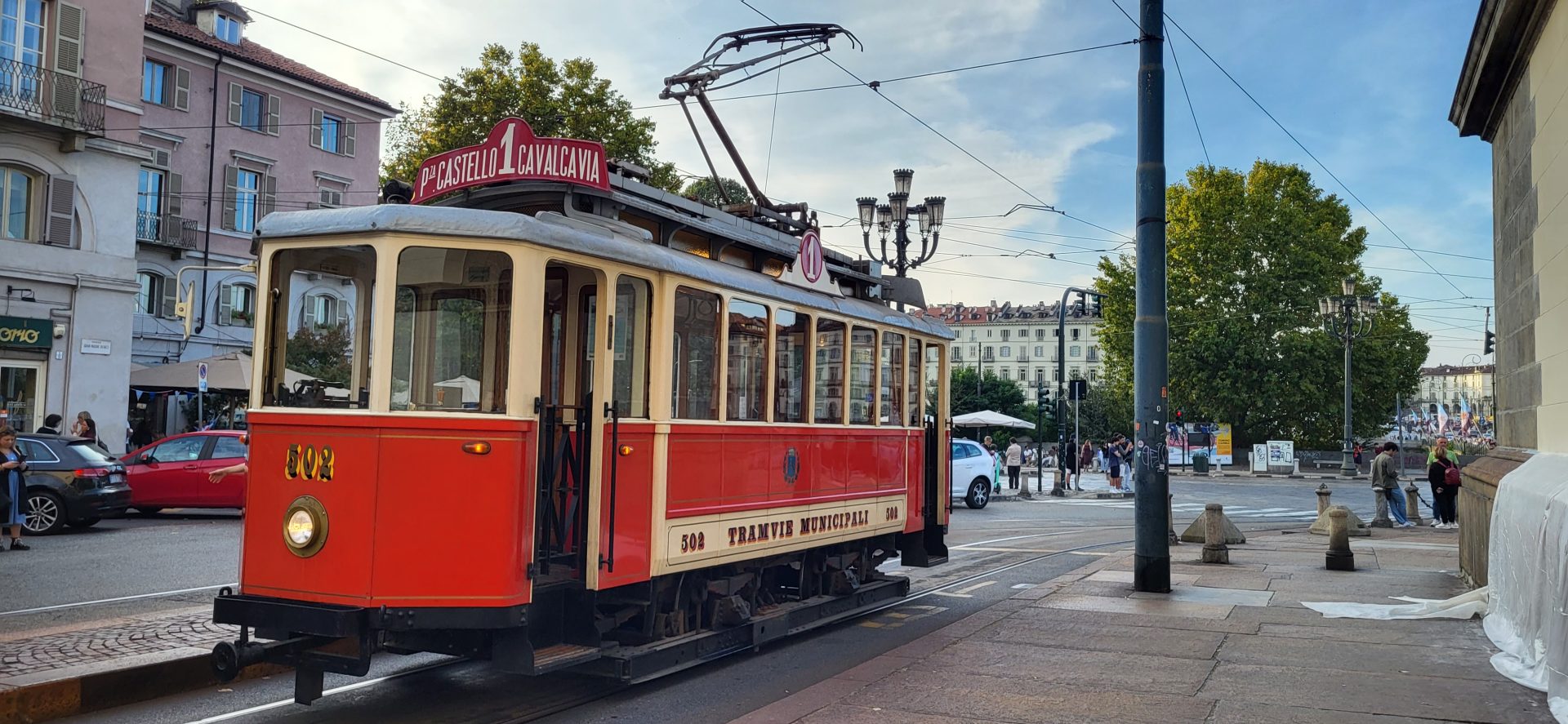
Lanes for taxis and public transport
In some busy cities, there can be a lane reserved for taxis and public transport (normally the right one). It is forbidden to use that lane, if you don’t belong to the two categories, even if they are empty when you use them. You might get pulled out and fined if you use those reserved lanes.
Precendence to bicyclists
Whether they have a dedicated lane or they are biking in the common lane, you always are expected to give way to bicyclists.
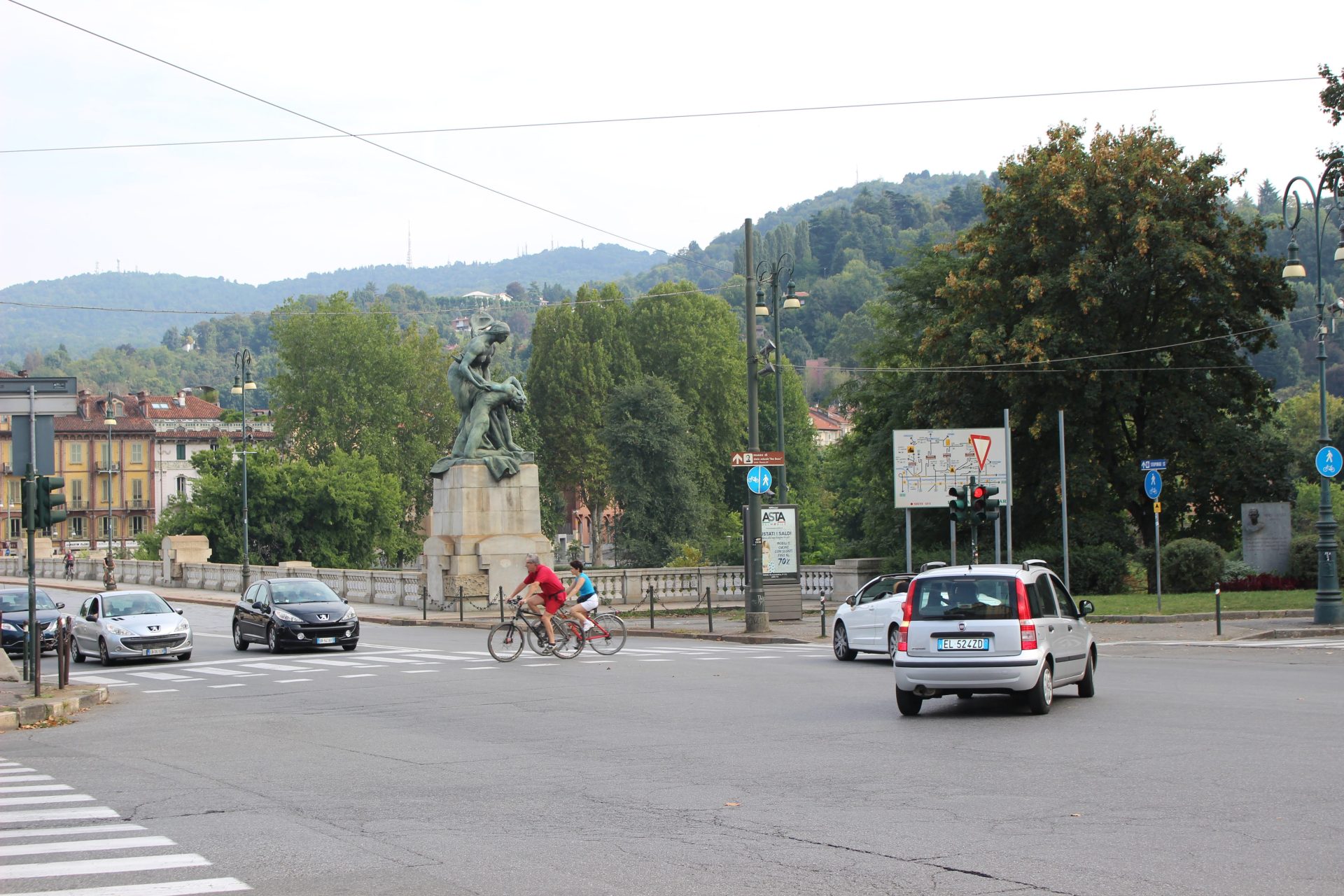
ZTL
In most of the big cities in Italy, on the streets that go downtown you will find a prohibition sign that reads ZTL or Zona Traffico Limitato. To protect the centres of the main cities from pollution, car traffic and to preserve the beauty of the main historical and cultural sites, the city centres have restricted circulation. When you see this sign don’t go ahead or otherwise you will get fined.
There are cameras which take a photo of the plate of all the cars going past the sign, so you will get fined even if you don’t see the police right there. Generally speaking, only fully electric cars can freely access the area, but regulations vary from city to city, so please check the specific regulation of the city where you are travelling before entering the area and be safe.
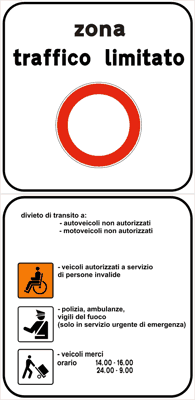
Roundabouts
This will be a lot of fun for Americans! I was surprised during my period in the US, as I immediately noticed that there are not many roundabouts there and crossings are still mostly ruled by traffic lights. And here comes the fun: as roundabouts have proved to be safer, get the traffic more fluid and reduce the noise- and air- pollution, during the 90’s most of the crossings previously ruled by traffic light have been replaced all over Europe and Italy. So, get ready, because during your vacation in Italy you will run into so many of them!
I know for experience that many people in the US have no idea of how to cross a roundabout: I saw so many times cars stopped in a roundabout, literally waving to other cars, to have them pass, even if it was their right of way. That is exactly the opposite of how to use a roundabout and you don’t want to do it while driving in Italy or you will be submerged by other cars trying to avoid you and beeping the horn to have you move from there. LOL!
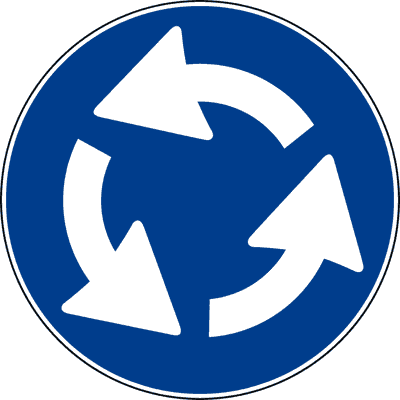
Kind of scary, I know. But no worries, if you are not familiar with how to use a roundabout, here’s a recap for you. When approaching a roundabout, you should slow down, and check your left. You don’t necessarily need to stop before the roundabout if it is totally empty. So, if no one is around, you just carry on slowly. Please don’t forget that the sense of circulation in a roundabout is anticlockwise.
When you approach a roundabout and there are cars driving in it, they have the right of way, so you stop, let them pass and then enter the roundabout. If there are cars entering the roundabout from a street on your left, you give them the way. The general rule is: before entering the roundabout, you give way to the cars coming from your left.
The cars coming from your right should give way to you, unless you are driving so slowly that they can enter without cutting way, in that case, they can enter. It sounds difficult, but it is not, believe me. Just go with the flow and you’ll enjoy so much practice while driving in Italy, that you’ll go back to the US driving like a pro!
Left turn
This is another thing that you’d better know in advance. Unlike in the US, we rarely have a dedicated lane for the left turn. It’s important that you are aware of this, because if you are used to turn left only when there is a dedicated lane, during your vacation in Italy you will never be able to turn left! LOL
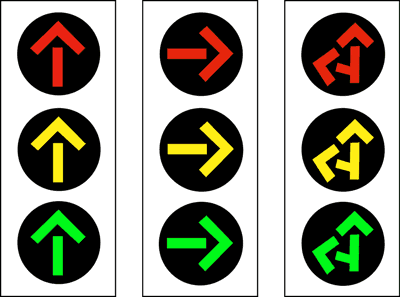
You will find a dedicated lane, with a dedicated traffic light to turn left only in big, new streets with a lot of traffic. No biggie! While driving in Italy you will get used to keep left and line up on the left lane (if there are two lanes), give way to the cars coming from in front of you and then turn left.
If during your vacation in Italy you decide to visit Turin, (get your guide here), you need to be aware of a particularity that is specific for the circulation in Turin. Here we have many big boulevards (called “corso”) with two lanes for each direction and a side lane (called “controviale”) on both directions, generally separated by a row of trees.
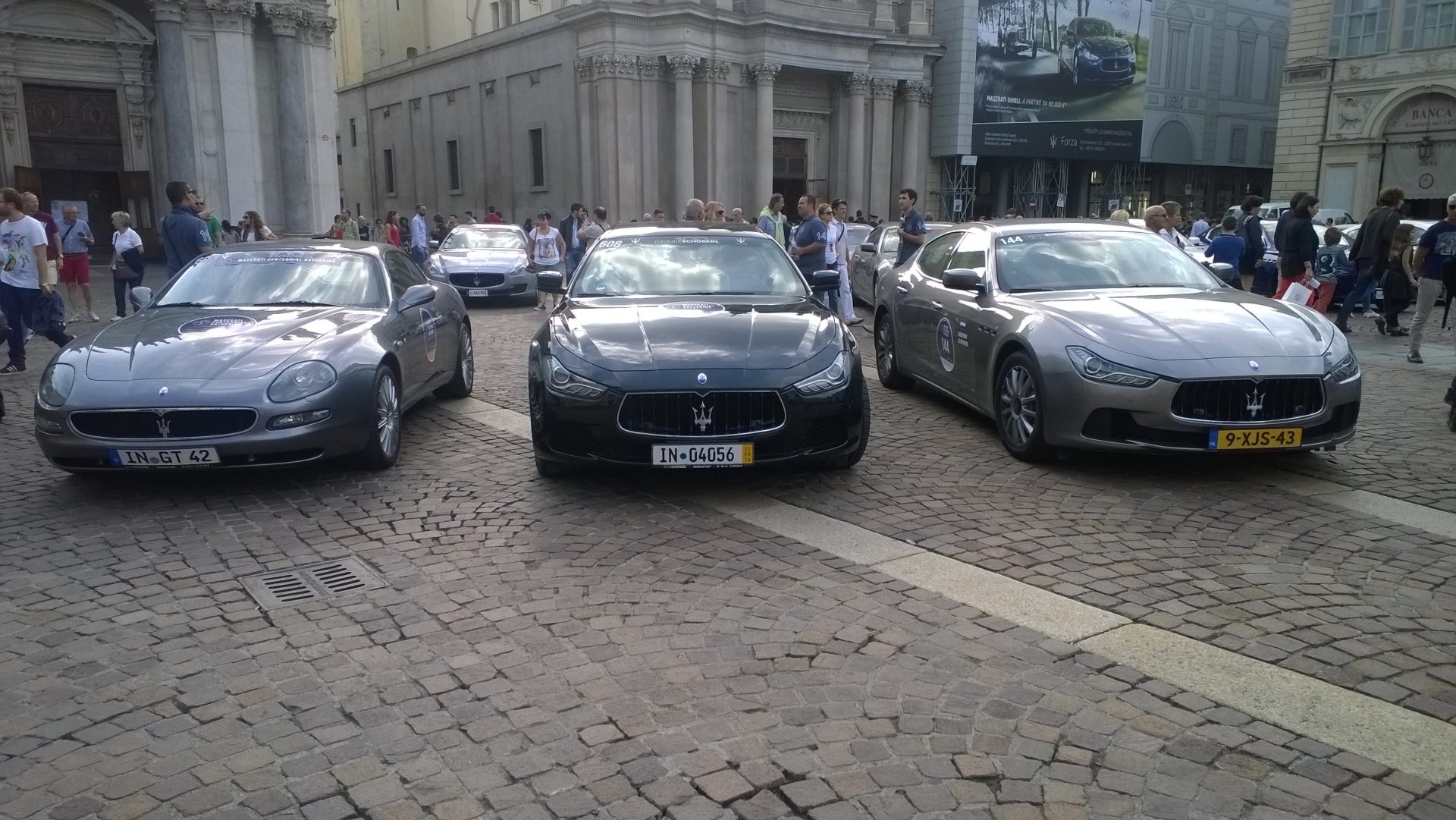

When you are in these big boulevards and you need to turn left, you are expected to drive into the right lane (controviale) which is in fact the designated lane for turning left. Don’t stop in the middle of the big lane to turn left if you don’t want to be passed at high speed on both sides and hear the whole city beeping the horn! LOL.
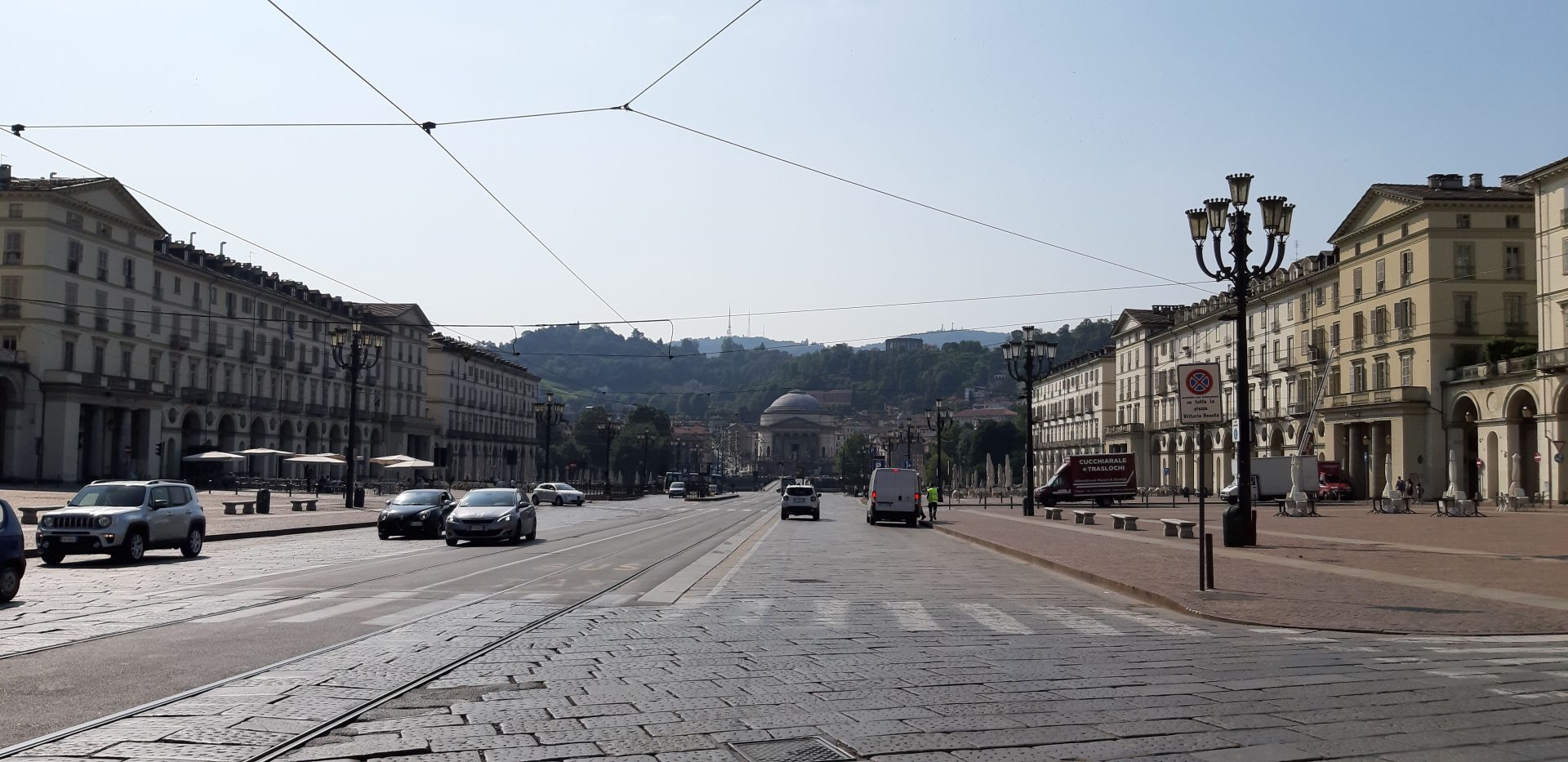
The left turn from the controviale was specifically invented with the aim of not stopping the flow of cars driving straight (normally speeding up a bit too much, to be honest). You will find out that Turinese don’t like to be stopped by a car wanting to turn left if they are driving straight.
Highways/Freeways/Motorways
Here’s a very good news for you: driving on highways, freeways and motorways in Italy is insanely easier than in the US. It is so simple here that being used to this, I got literally traumatized by the Californian freeways! So, if you are used to the highways in the US, driving in Italy will be incredibly carefree for you. Hopefully you won’t get too bored! LOL.
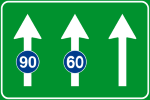
First of all, all our motorways have been engineered with fixed criteria and all follow the same basic rules: the lane on the right is for slow vehicles, the second from the right is to overtake and/or to proceed faster, the third from the right is to overtake and/or to proceed faster and so on (We actually don’t have many motorways with more than three lanes, which makes it easier too).
This means, to begin with, that you won’t get overtaken from both the right and the left side all the time, and that if you want to proceed slowly, you only need to continue your lovely, relaxed travel on the right lane and no one will bother you.
Also, entrances and exits are always on the right. This means that you enter from the right and you exit on the right. Therefore, if you are not sure about what is your exit, you can proceed slowly on the right lane until you find your exit that will be on the right of your lane. Can you imagine the trauma I had when I found out that my exit was to the left of a 6-lane highway, and I was to the right one (as I was used to find exits on the right?). So scary!
Another detail that makes a great difference is that the exits are attached lanes, and not the right lane itself. Therefore, you exit the highway only if you choose to and you do it by moving from the lane you are in into the exit lane. As simple as it sounds. I am still in shock as the first time I was driving on a Californian freeway I was proceeding on the right lane, and I suddenly exited the freeway without wanting it! OmG! What happened? I even couldn’t understand what I did wrong. Then I figured out: the lane I was in had magically become the exit! LOL



Again, if you are driving in Italy for vacation and want to enjoy the trip and the landscape you can drive on the right lane without worrying about keeping on changing lane right and left, fearing that the lane you are in will suddenly become an exit and spit you out of the motorway without your approval, like it could happen in California! For the speed limit, we don’t have such a thing as “go with the flow” that there is in the US. If there is a limit, you are expected to respect that speed limit, even if all the others are passing the limit of 5/10 mph.
Distances and speed
Talking about speed limit, please keep in mind that in Italy, as in most of the other Countries in the world (ha!) we use the metric system, which means that during your vacation in Italy you will see indications of kilometres per hour. The speed limits are similar to the ones in the US: on motorways the limit is 130 km/h, in all main roads it is 90 km/h, while in the city centres it is 50 km/h. Please check unit conversion here.
Hands on steering wheel
I know this sounds obvious, but, let me explain. When I was in the US I often noticed people eating while driving or having their dog on their lap with the head hanging out of the window. That is totally forbidden and punished here.
For sure while driving in Italy you won’t notice those behaviours. Dogs and animals must be transported in the back of the car and separated from the driver, in a way that there can’t be contact. And for the food, well, we love eating at a table!
Italian Road Signs
When talking with people who had been on vacation in Italy, I was surprised as they were not complaining much about the traffic, or the narrow streets, but they often mentioned that driving in Italy was difficult as there were few road signs.

Thinking back to my first approach to driving in the US, I found that true but in reverse. I couldn’t find the signs I was used to, in the spots where I was used to find them while driving in Italy, so I thought that there were not enough signs. That is normal for first timers.
Here’s what to expect. In Europe, as we are a melting pot of languages and cultures, to facilitate the correct circulation of everyone and to be inclusive, we unified the signs, using only graphics, as they are universally understandable. For this reason, when driving in Italy you won’t find signs with writings, which I noticed are still very spread all over the US. We have symbols that are universally recognized.
We use red bordered triangles for danger signs.
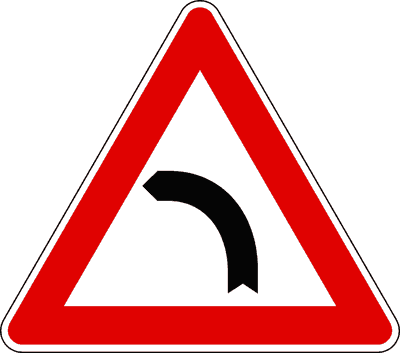
This sign is to warn you that there is a dangerous left turn ahead of you.
Red bordered circles are for prohibition signs.
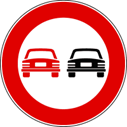
This sign tells you that it is forbidden to overtake any other car.
We use a blue background for mandatory signs.
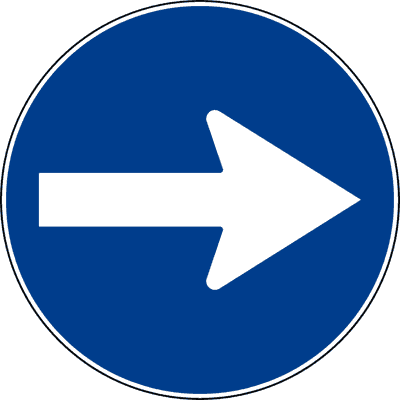
This sign tells you that you must turn right.
We use yellow or orange background signs when there are works in progress on the road.
Please, take a look at this link to learn more about the most common road signs and feel more confident while driving in Italy.
All set for your driving vacation in Italy
Now you know all about driving in Italy. Save this post in your favourites and share it with your travel mates, so that you all can come back any time if you have doubts during your vacation in Italy.
You are all set. Now it’s time to pack and get excited: have fun driving in Italy like a pro!